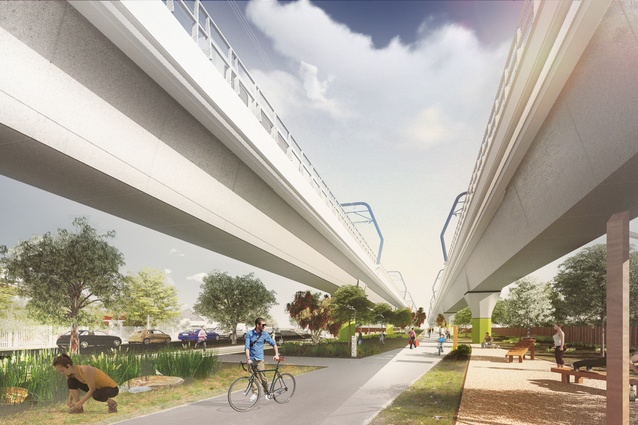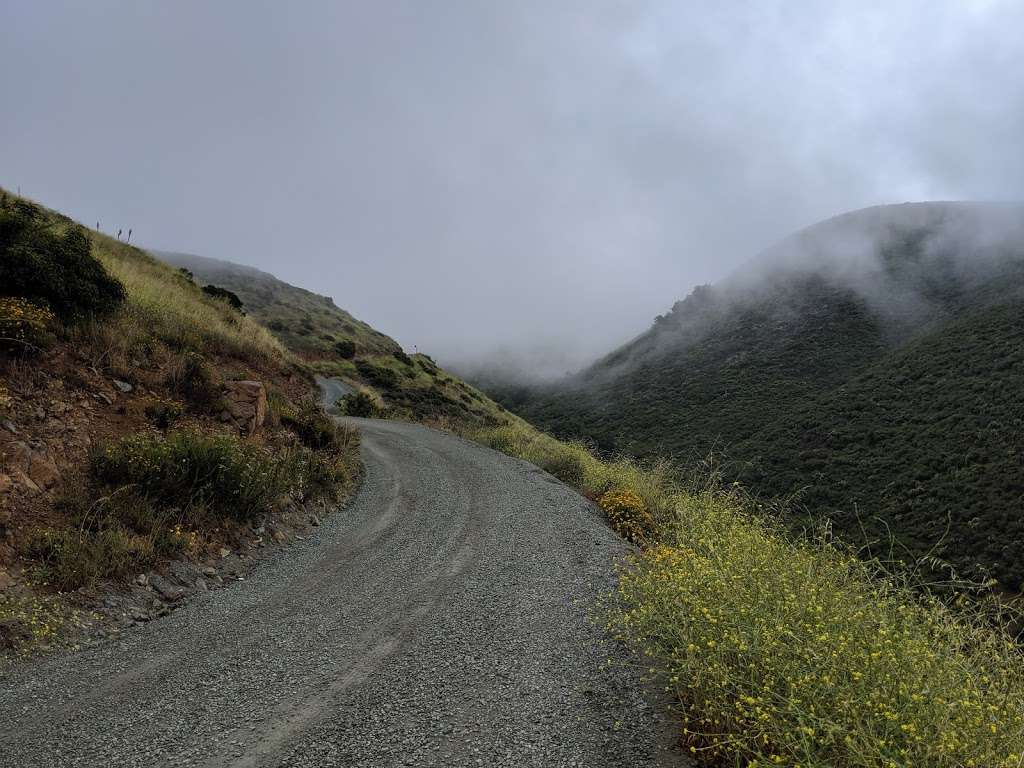
Open space roads full#
The people calling for segregated trails know full well that cutting off access to the very trails that cyclists want to ride on is the best way to ban mountain biking in or open space-not by banning them outright, but effectively banning them. It is not enjoyable to ride up and down a short stretch of fireroad that borders the backyards of houses on the ridge. It is a great source of satisfaction to develop the skills and fitness to finally ride up a steep section or over an obstacle that you previously had to walk up or dismount to go over. The joy of mountain biking comes from being in nature, riding on interesting terrain, overcoming challenges, and getting a sense of accomplishment from successfully navigating up and over rocks, roots, and narrow sections of trail. They can be very slippery on the way down because they are a hard, flat surface covered with loose dirt or gravel. There is no technical challenge riding uphill or downhill on fire roads. Journal of Environmental Management, 91(3): 551-562*)Īs every mountain biker knows, riding on fireroads is no fun. (2010) Comparing Hiking, Mountain Biking and Horse Riding Impacts on Vegetation and Soils in Australia and the United States of America. Landscape and Urban Planning 97(1): 58-67 Pickering, C.M., Hill, W. (2010) Environmental, Safety, and Management Issues of Unauthorised Trail Technical Features for Mountain Biking. Journal of Park & Recreation Administration, 24(2): 21-41 Pickering, C. (2006) A Comparative Study of Impacts to Mountain Bike Trails in Five Common Ecological Regions of the Southwestern U.S. (2001) Impacts of Experimentally Applied Hiking and Biking on Vegetation and Soil of a Deciduous Forest. The degree of physical impact related to trails is mostly dependent on the trail maintenance regime rather than type of use. Erosion on trails depends more on trail design, water drainage, level of use, and soil properties.


In general, studies have shown that there is no statistically significant difference in induced soil erosion, excavation, incision (ruts), and trail widening between biking and hiking, and both are far less impactful than horse riding. There is also no valid basis to ban bikes from singletrack from an environmental perspective. There is simply no valid justification to keep bikes off of singletrack based on safety reasons. Whenever you hear about these safety concerns, the public commenters say they were "almost" hit. The safety justification offered consists solely of anecdotes from the same handful of people who live next to the open space and want to keep as many visitors out as possible. It would be one thing if there were scores of documented collisions between cyclists and hikers, but there are none. Hikers, cyclists, and dog walkers have successfully shared the trails for decades, and bringing all of these groups together outside fosters our sense of shared community. This also directly contradicts the PROS guiding principals, which are to (1) Provide equitable access to resources and activities across the entire city (2) Promote inclusion to people of all backgrounds, regardless of race, gender, sexual orientation, socioeconomic position, or physical/cognitive ability, and (3) Make all users feel welcome and safe. Segregating trails by user group and creating privileged classes of open space users is contrary to our community's values. 71% were in favor of adding trails, and only 5% were in favor of reducing the number of trails. In the recent Parks, Recreation, and Open Space (PROS) Master Plan survey, only 28% of respondents supported designating certain trails for certain uses.

The community clearly does not want segregated trails. Is there any justification for this? Is this a reasonable compromise? These commenters will then typically say that they don't want to ban bikes from our open space, but it's reasonable to restrict bikes to the fire roads and ban them from the narrow singletrack. You'll notice that these comments come from the same handful people every time. If you attend any Belmont Parks and Recreation Commission or Open Space Committee meetings, you're likely to hear public comments from people telling tales of environmental destruction caused by bikes and providing uncorroborated anecdotes of dangerous cyclist behavior.


 0 kommentar(er)
0 kommentar(er)
